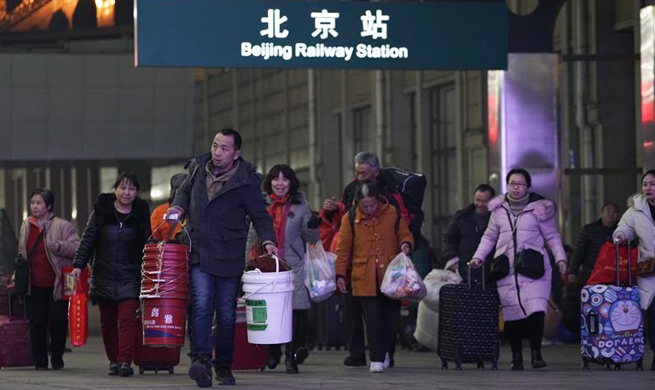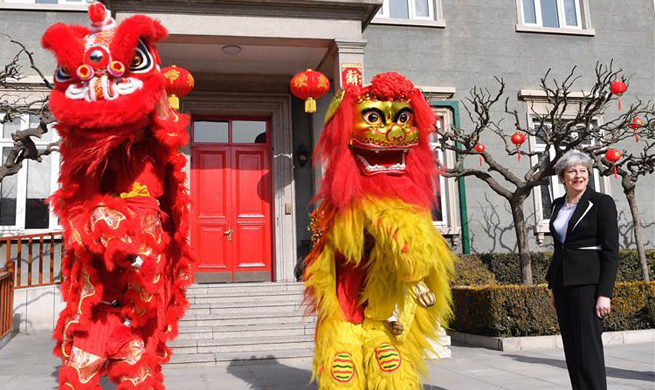BEIJING, Feb. 1 (Xinhua) -- While China's first-tier cities tend to grab the limelight, it is the lower-tier cities that will see stronger economic growth in coming years, according to a report from the Economist Intelligence Unit (EIU).
Supported by infrastructure development, cities in central China have made steady progress in developing their industrial economies which, in turn, has slowed outward migrant labor flows, according to the China Emerging City Rankings released by EIU.
Two central cities, Nanyang in Henan Province and Xiangyang in Hubei Province, topped the latest ranking, followed by several cities in undeveloped pockets of wealthier coastal provinces, such as Suqian in Hubei Province and Putian in Fujian Province.
EIU's China Emerging City Rankings are based on a variety of indicators to measure growth, including real GDP, metropolitan population, urban consumption spending, fixed-asset investment and urban built area.
Identifying these emerging urban hotspots ought to be important for companies operating in the market, the report said.
"China is seeing a new wave of urbanization, with third- and fourth-tier cities beginning to emerge as sizeable urban clusters. With megacities arguably reaching their limits and gripes about quality of life rising, smaller cities have an opportunity to compete for talent and resources," said Wang Dan, China analyst at EIU.
EIU expected first-tier cities to expand steadily in terms of core metropolitan population, despite efforts to cap population levels. The largest population gains in absolute terms will still be in the megacities of Beijing, Shanghai and Shenzhen, though the magnitude of the rise will be much smaller than the past.
In contrast, a number of cities will see their urban populations shrink by 2030, mostly in the northeast, due to aging demographics, according to the report.
















